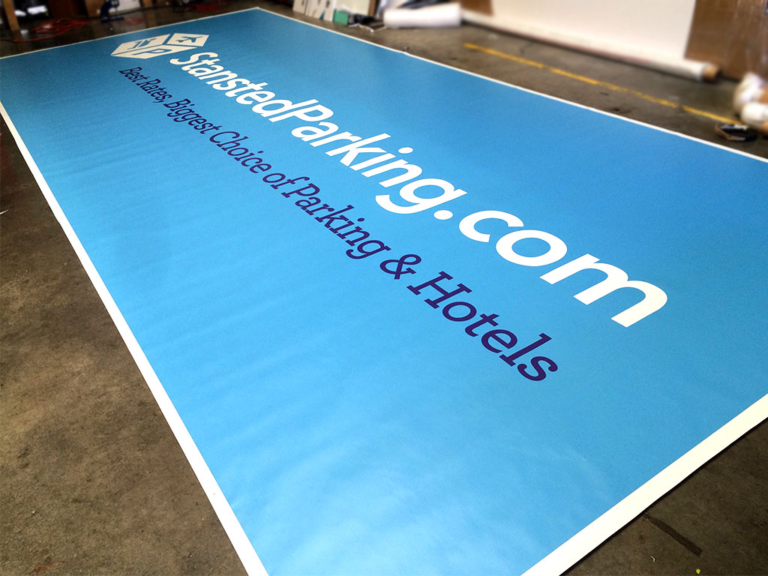What Is UX Information Architecture?
What makes a user keep coming back to your product? How do you design a product that looks great and feels just right? These questions are at the heart of user interface (UI) and user experience (UX)—where creativity meets empathy.
The best UX/UI tools offer a structured framework for organizing data, mapping the user journey, and bringing your design concepts to life. But remember, it’s not about having every platform in your tech stack—it’s about finding the ones which best serve your specific needs and complement your existing workflow.
Whether you’re building an intuitive website or working on a must-have invention, we’ve compiled a list of the best UI and UX tools, so you can transition your design process from “it works” to “truly exceptional”. Here’s the tools we’ll be looking at:
Understanding the Foundation of UX: Information Architecture
When people think of UX, they often imagine sleek interfaces and seamless user journeys. But at the core of any great user experience lies something much less glamorous—information architecture (IA). While it may not be as visually exciting as colors, buttons, or animations, IA is the blueprint that brings structure to digital experiences.
So, what is UX information architecture exactly? Simply put, it’s the practice of organizing and structuring content, features, and functionality in a way that makes sense to users. It ensures that users can easily find what they’re looking for and understand how to navigate your product without friction.
Imagine entering a library where books are randomly placed on shelves with no system. That’s how a website or app without good information architecture feels—confusing, overwhelming, and frustrating. A well-planned IA, on the other hand, acts like the Dewey Decimal System of your digital product. It’s invisible, but essential.
The Role of Information Architecture in UX Design
Information architecture doesn’t exist in a vacuum—it works hand-in-hand with other UX disciplines. It influences how users move through an app, how content is labeled, and how screens are grouped together. From menus to navigation bars, from categories to subpages, IA plays a role in shaping the overall user journey.
It’s not just about placing content in the right order. It’s about understanding your users’ mental models—how they think, what they expect, and how they process information. This means IA starts with research. Through methods like user interviews, card sorting, and usability testing, UX designers gain insights into what users need and how they want to interact with your product.
For example, an eCommerce platform might categorize items by gender, product type, and use-case scenarios, because that’s how users typically browse. If instead, the site listed products in alphabetical order or by SKU, users would get frustrated and leave. That’s how vital IA is—it directly impacts retention and engagement.
Core Components of UX Information Architecture
There are several key components that make up information architecture in UX design. One of them is navigation. Whether it’s a menu, a tab, or a button, how users move through your product is critical. Good navigation is intuitive—it feels natural and aligns with what users expect.
Then there’s labeling. The words you use to describe your content matter more than you might think. Clear, consistent, and user-friendly language can make the difference between someone engaging with your app or giving up.
Content structure is another pillar of IA. This refers to how you group related information together. Are similar features housed within the same section? Is your homepage giving quick access to the most important actions? Is your contact page buried under five submenus?
Effective IA brings clarity to complexity. It helps reduce cognitive load and allows users to focus on their goals, not figuring out how your app works.
Why IA Matters More Than Ever
As digital experiences become more complex, the role of information architecture becomes even more critical. Today’s users expect speed, simplicity, and relevance. They don’t want to dig through layers of unnecessary content or guess where something is located. They want smooth, effortless experiences.
This is especially true in industries like healthcare, finance, or eCommerce, where user needs are urgent and specific. A well-structured IA can reduce drop-offs, increase conversions, and boost overall satisfaction. And as more products go global, IA also plays a role in making content culturally accessible and universally understandable.
In fact, many businesses today are partnering with seasoned professionals to get this aspect of UX right. Working with a UX design agency in London can provide the strategic insight and execution needed to create scalable and effective IA systems that resonate with both local and global users.
The Process of Creating a Strong IA
Building an effective information architecture starts with knowing your users. This includes defining personas, mapping out user journeys, and identifying key pain points. Once you understand what users are trying to do, you can start designing structures that help them achieve those goals quickly and effortlessly.
From there, designers typically create sitemaps or flowcharts that visually represent how different parts of the product connect. Wireframes follow, offering a low-fidelity look at where content and elements will live. These documents are tested, iterated upon, and refined based on feedback.
It’s an ongoing process, not a one-time deliverable. As your product grows, so too must your information architecture. New features, changing user behavior, and evolving technologies all require regular revisiting and tweaking of your IA.
Final Thoughts
Information architecture might not be the flashiest part of UX design, but it’s undoubtedly one of the most important. It lays the foundation for everything else—navigation, content, interactions, and ultimately, the user’s emotional response to your product.
Without a solid IA, even the most beautifully designed interface can fall flat. Users may get lost, overwhelmed, or abandon the product entirely. But with a thoughtful, user-centered approach to IA, you can build experiences that feel intuitive, purposeful, and delightful.
So, if you’re striving to make your product not just usable but unforgettable, start with your information architecture. The rest of the experience depends on it.







